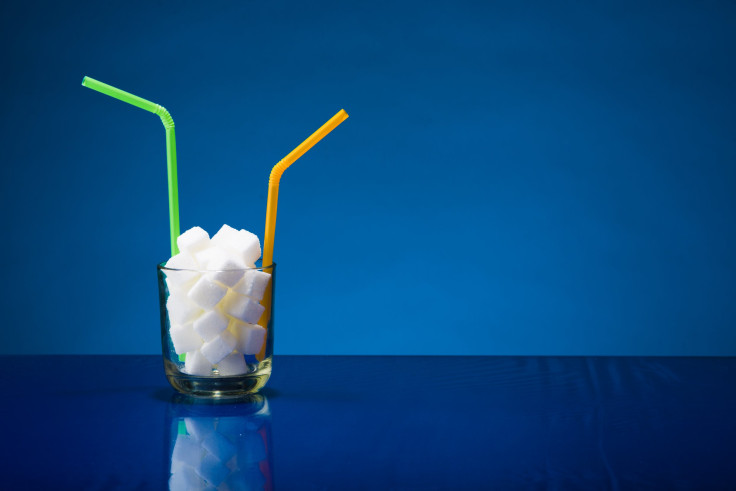San Francisco Approves Warning Labels On Sugary Drink Ads: How Consumers Handle Caution

San Francisco is the closest any city has come to passing a warning-label law on sugary beverages. Lawmakers voted unanimously for all advertisements displayed on billboards, walls, taxis, and walls to include the warning labels for consumers. Mayor Ed Lee hasn’t taken a position yet, but has 10 days to sign the law in order for it to go into effect this summer.
“Today, San Francisco has sent a clear message that we need to do more to protect our community’s health,” Supervisor Scott Wiener, who authored the warning proposal, said in a statement. “These health warnings will help provide people information they need to make informed decisions about what beverages they consume. Requiring health warnings on soda ads also makes clear that these drinks aren’t harmless — indeed, quite the opposite — and that the puppies, unicorns, and rainbows depicted in soda ads aren’t reality.”
Soda isn’t the only targeted product. The ordinance will require warnings for any drinks that carry 25 calories of sugar, including iced teas, vitamin waters, certain juices, sports and energy drinks. Milk, vegetable juice, and 100 percent natural fruit juices will be exempt from the warning. The soda industry may be hit the hardest. A 12-ounce can of regular Coke contains 39 grams of added sugar, which is about nine teaspoons. One teaspoon has about 16 calories each, meaning the entire drink’s 140 calories comes from sugar. If Lee signs off on the law, ads will read:
“WARNING: Drinking beverages with added sugar(s) contributes to obesity, diabetes, and tooth decay. This is a message from the City and County of San Francisco.”
Sugary drink companies may turn to newspaper, circulars, broadcast outlets, and Internet advertisements if they want to market to consumers without warning them of the health dangers first. By drinking just one can of a sugar-sweetened drink every day, the average consumer could gain up to an extra 5 pounds a year, according to the Harvard School of Public Health. The number of consumers drinking down sugar-laden calories has increased over the last decade and continues to play a role in the obesity epidemic. Currently, more than one-third of adults in America are obese.
“These are not harmless products that taste good,” Wiener said. “These are products that are making people sick and we need to take action.”
This time last year, the Senate passed the bill “Sugar-Sweetened Beverages Safety Warning Act,” which proposed the same type of warning label. Once passed, its fate was placed in the hands of the California State Assembly, where it died, making Weiner’s current label law a long-awaited victory.
The bill cited medical expenses caused by the obesity epidemic — costing $147 billion in health care costs nationally, one-half of the costs paid publicly through Medicare and Medicaid programs. The price of the obesity epidemic stretches the budget beyond financial concerns. Between 60 to 80 percent of obese adults are currently suffering from type 2 diabetes, high blood pressure, high cholesterol, among other life-threatening comorbidities.
In terms of making a sweeping impact on public health, America’s love for liquid sugar is akin to tobacco glorification of past generations. In order to foresee the domino effect a warning label could cause, the California Center for Public Health Advocacy traced back the timeline for regulating tobacco. Smoking began to decrease when the U.S. Surgeon General’s report on smoking was enacted in the mid-1960s. Warning labels were only added to tobacco products and not advertisements.
After graphic warning labels were placed onto tobacco products by the Food and Drug Administration in 2009, there were 4,803 calls to the toll-free quit line number — more than double the number of calls they received the same day one week earlier. The European Union concluded the labels helped to encourage smokers to quit after they surveyed adolescents and found 84 percent said it was more effective than text-warning labels. One study looking at the effect of tobacco’s warning labels wrote, “We have many natural experiments confirming that in the real world, warning labels work.”
Health warning labels that alert the consumer certain products may contain dangerous compounds or ingredients have taken on other forms over the years. In 1986, California’s Proposition 65, also called the Safe Drinking Water and Toxic Enforcement Act, labeled household products that may cause cancer, birth defects, or reproductive harm. It covered 800 different products, from dishes and pesticides to jewelry and drinking water.



























